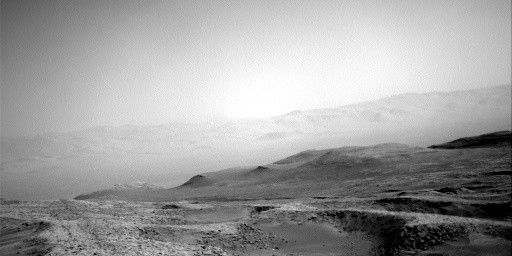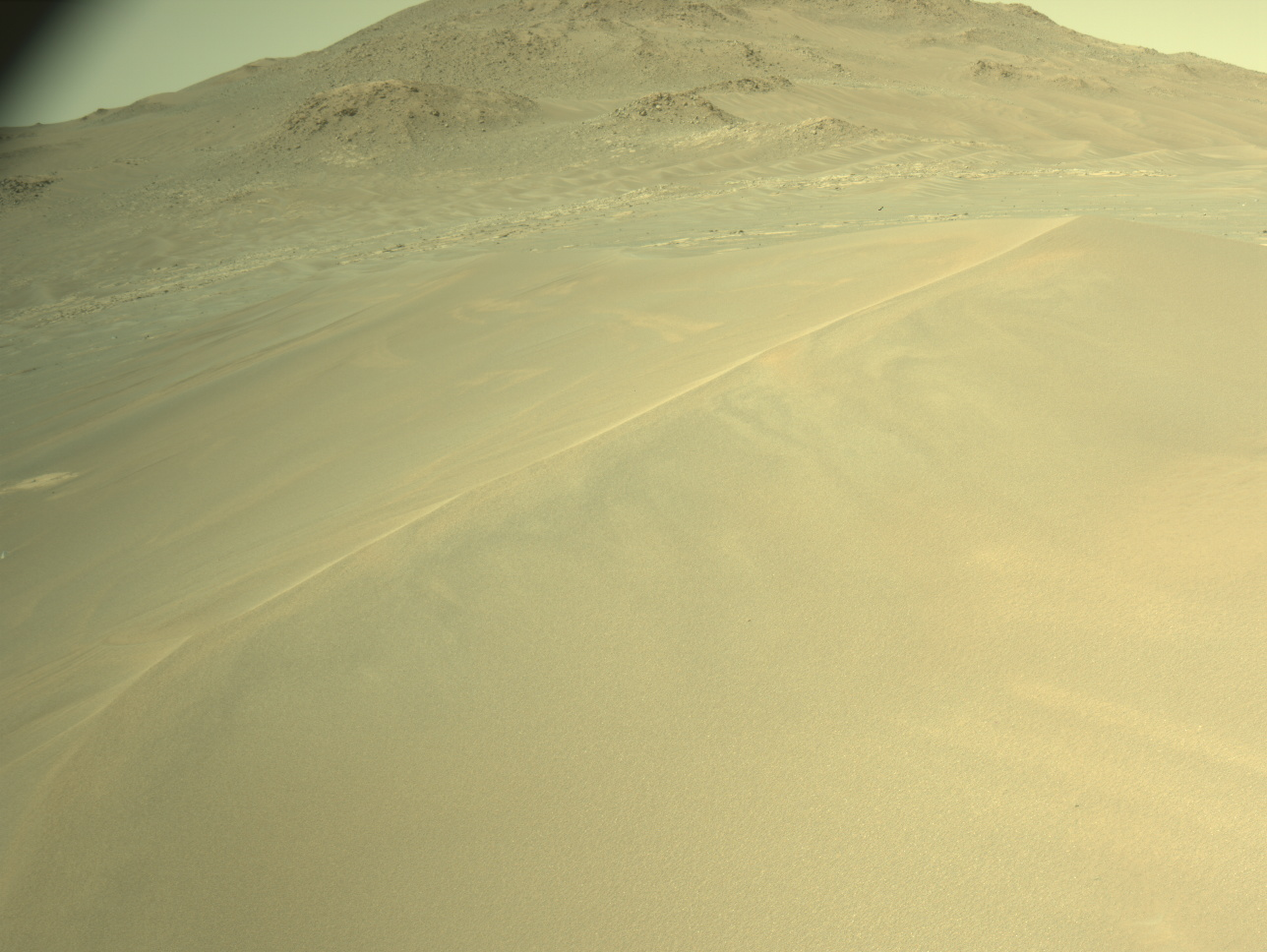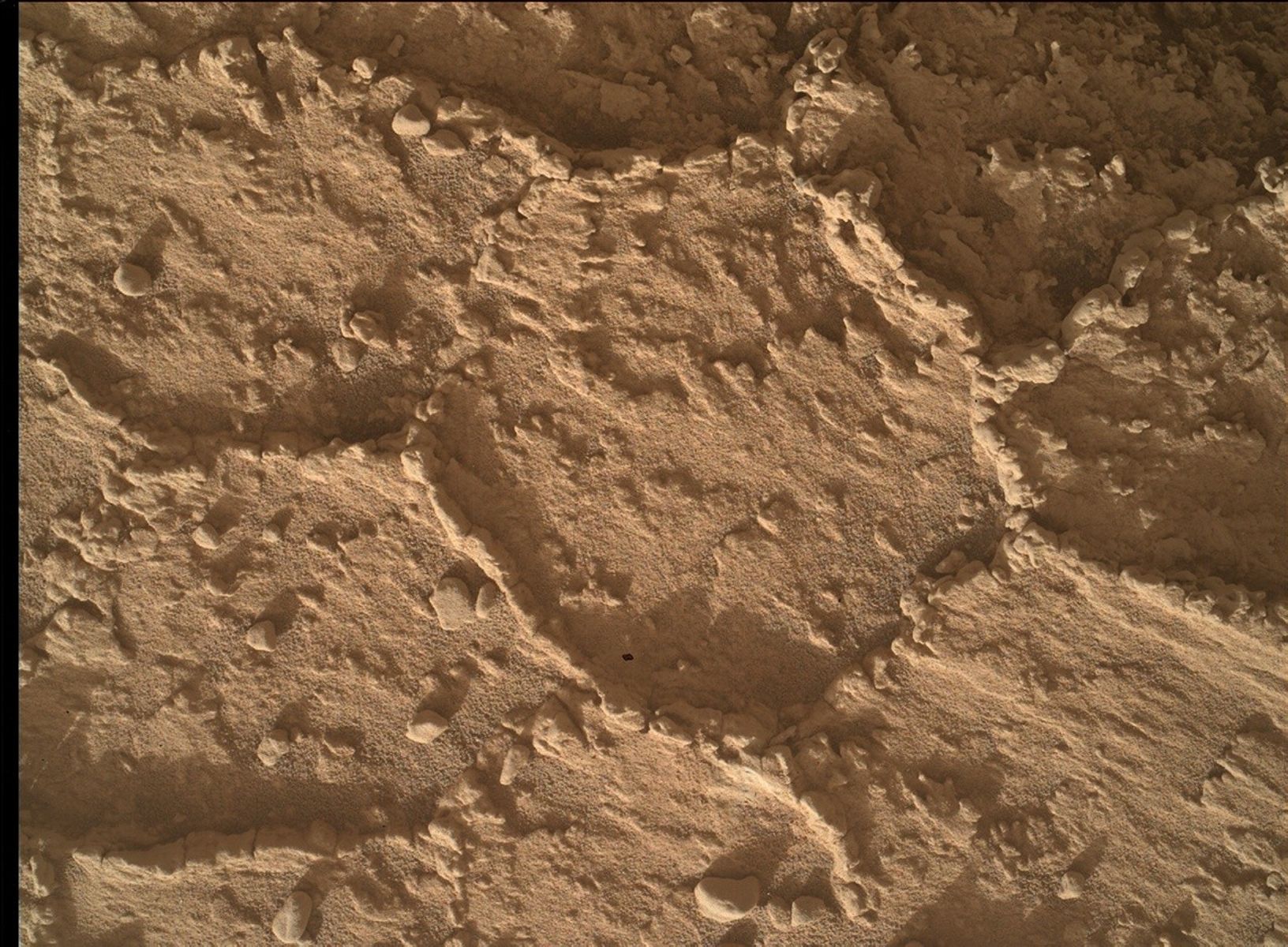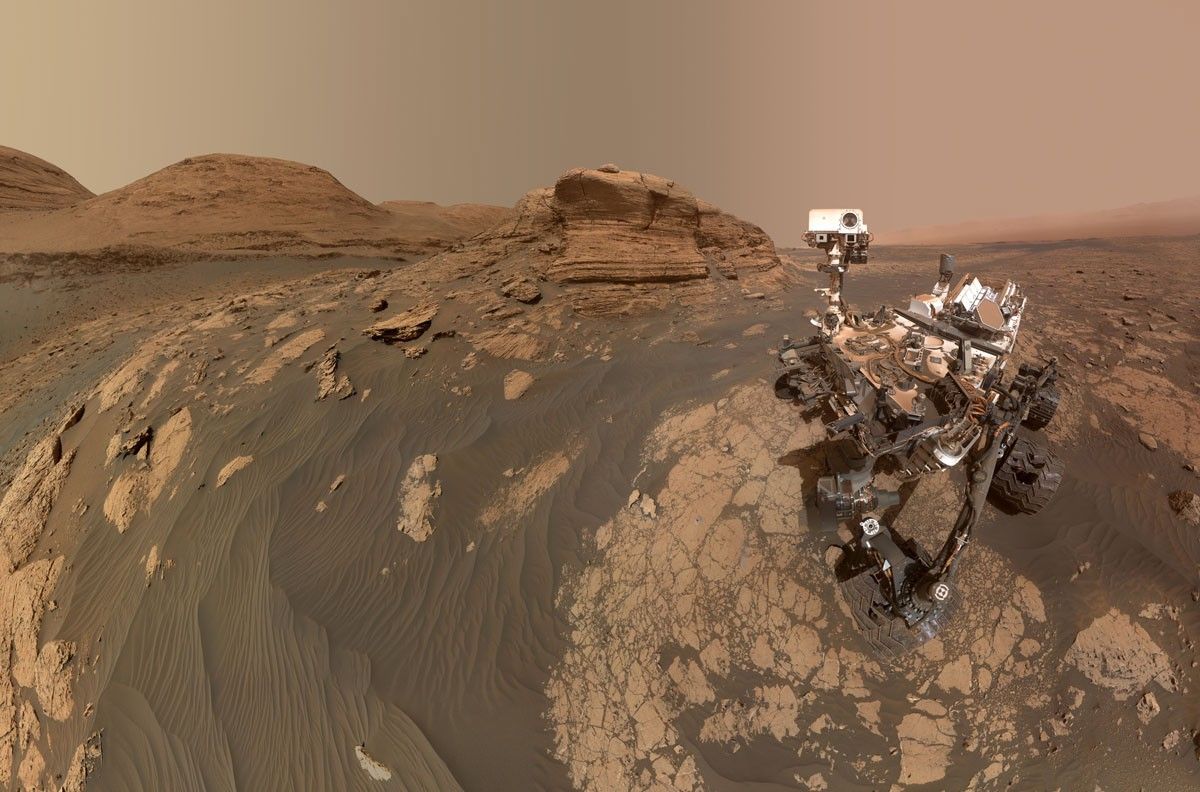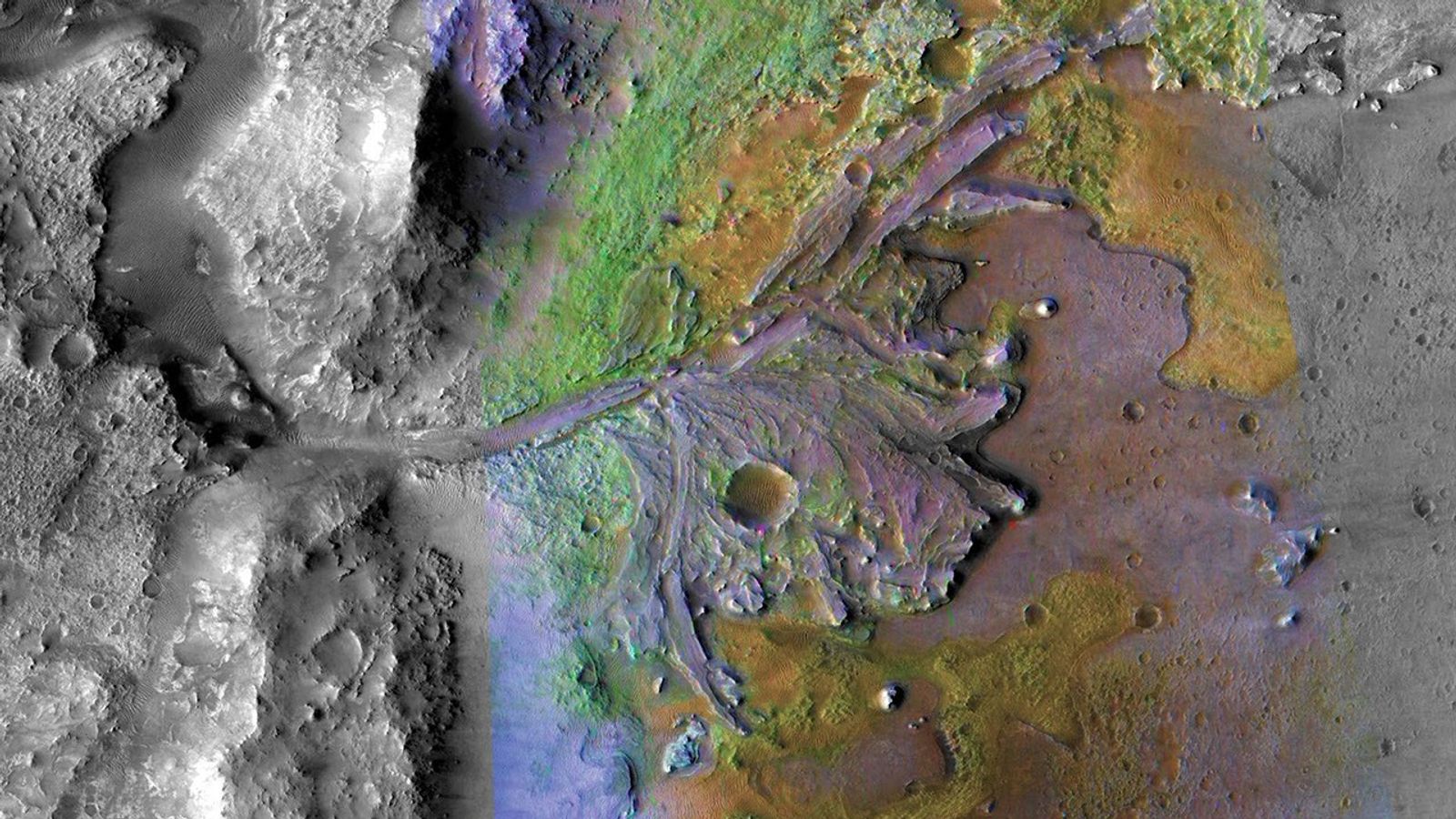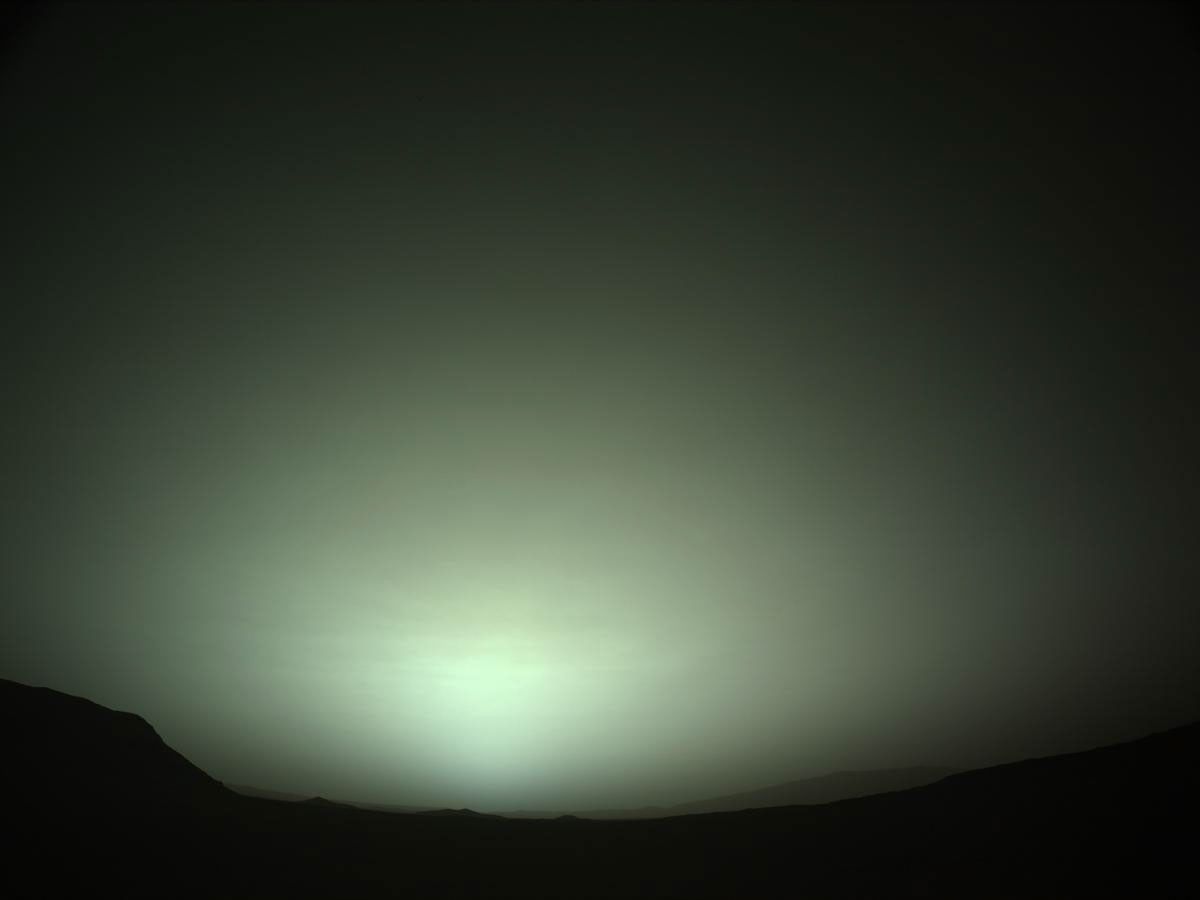
Mars clouds are very much like Earth’s cirrus clouds but thinner. While Earth clouds can contain liquid water, the low temperatures and pressures on Mars only allow for water-ice (and CO2 ice) clouds to form. However, these water-ice clouds are optically thin because of the low amounts of water present in the Martian atmosphere; if all the water were on the surface, it would make a layer thinner than a single strand of hair.
Studying clouds helps us to understand the atmosphere and how the water cycle works on Mars today, such as how water vapor is transported by the atmospheric circulation and how temperatures and water abundances vary with height. By observing the motion of clouds, we can also learn about wind speeds and directions high in the atmosphere, which we have no way of measuring otherwise. Despite being thin, these clouds still have an impact on heating and cooling of the present day atmosphere, and in the past clouds may have played a much larger role in sustaining a warmer atmosphere that allowed liquid water to flow on the surface of Mars.
There are seasonal patterns to Martian clouds. For a few months around northern summer solstice, orbital spacecraft observe a lot of cloud activity between ~10° south and 30° north latitude. Because Perseverance is exploring Jezero crater, which is located at about 18° north, we’re in a great place to observe these clouds from the surface! We’re currently over a month before the nominal start of this cloudy season, but are already starting to see more cloud activity. The image shown was taken by the rover’s Navigation camera (Navcam) on sol 691 of the mission, shortly before sunrise looking to the east, and shows thin cloud layers illuminated by the rising Sun.
We regularly take Navcam images and movies to study the timing, motion, and morphology of clouds above Jezero crater. When there are lots of clouds around, we also take Mastcam-Z images (which contain more spectral information) to learn more about the makeup of these clouds, such as the average particle size. We also monitor clouds using Mars Environmental Dynamics Analyzer (MEDA) sensors. MEDA’s Radiation and Dust Sensor (RDS) measures incoming solar radiation at different wavelengths and can detect when clouds are blocking or scattering some of the sunlight reaching the sensors. MEDA’s Thermal Infrared Sensor (TIRS) measures thermal radiation from the sky and from the surface and can also provide information on clouds. For example, if clouds are present around sunset, the surface temperature falls more slowly than usual after the Sun goes down, because even these thin clouds emit enough downward thermal radiation to continue warming the surface. Finally, MEDA’s upward-pointing Skycam camera takes images looking for clouds on a daily basis.
We expect it to get increasingly cloudy as we approach and enter the cloudy season, so we will be on the lookout for interesting cloud activity in our observations. Near the end of last year’s cloudy season, we saw something that had never previously been found beyond Earth: a halo around the Sun, which lasted for several hours. Halos are caused by light being refracted and reflected by big ice crystals, which can form only when there is a large enough concentration of water vapor. We’ll certainly be watching for halos again when we reach the same time this Mars years, which will be around the end of October.
Written by Priya Patel (UCL, JPL), Leslie Tamppari (JPL), Claire Newman (Aeolis Research), and Mark Lemmon (SSI)





























